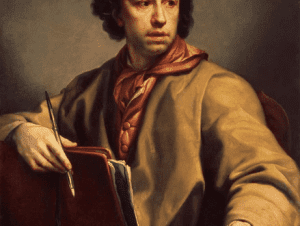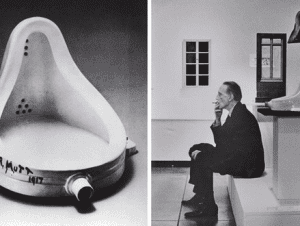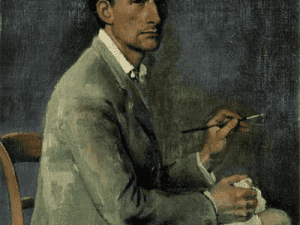If art has taught us anything through the years, it’s how special it is, and how we should value and treasure it. But today, let’s discuss 5 famous lost masterpieces that have changed art history forever.
1. Leonardo’s Battle of Anghiari

The Combat of Anghiari, commissioned in 1504 for the Palazzo della Signoria in Florence, was a large, incomplete battle scene depicting Florence’s triumph over the Florentine army in 1440. It was designed to be placed in front of a Michelangelo fresco depicting the Battle of Cascina, the first and only time the two great geniuses of the Italian Renaissance collaborated.
Despite the fact that both painters’ drawings for the commission were well received in Florence, neither completed it, with Michelangelo being summoned back to Rome shortly after drawing his cartoon for the painting on the Palazzo’s walls. Meanwhile, Leonardo abandoned his painting after having trouble with his experimental use of oil paint, and Vasari covered it up in 1563. Nonetheless, Leonardo’s powerful picture of war’s anguish and rage continued to attract and influence succeeding artists like Rubens (1577–1640), who may have discovered it through 16th-century reproductions after the original.
All About The High Renaissance
2. Athena Parthenos, by Phidias

Although little is known about the life of Greek sculptor Phidias (c. 490–430 BCE), art historians ancient and contemporary, have long considered his work to be the catalyst for the idealised depiction of the human form that defines classical sculpture and has inspired artists ever since.
The huge sitting Zeus at Olympia, one of the seven wonders of the ancient world, and the three statues of Athena housed in the Parthenon are among his most famous works. The Athena Parthenos, which stood over 12 metres tall and was dedicated in 438 BCE, depicts the helmeted goddess of knowledge holding aloft a miniature Nike (goddess of triumph) in her right hand. Several Roman copies survive, including the Varvakeion Athena, which is held in the National Archaeological Museum of Athens, despite the fact that the original statue was destroyed by fire in around 165 BCE and lost by the Middle Ages. We might detect traces of America’s Statue of Liberty in Phidias’ massive representation of Athena’s beauty and strength, a tribute to his continuing influence on Western sculpture.
3. Titian’s Assassination of Saint Peter Martyr

Titian’s (c. 1488/90–1576) works are among the most popular in museums and galleries throughout the world, but one of his most important paintings on later painters was destroyed in the 19th century and is little known among art lovers today. Titian painted the Assassination of Saint Peter Martyr in 1528–29 for the Church of Santi Giovanni e Paulo in Venice, where it hung for nearly two centuries before being taken by Napoleonic troops and brought to France in 1797. The work was restored to Venice in 1816, but was lost in a fire in 1867.
“More complete, more celebrated, and more great than any other Titian produced in his entire life, the one showing the best understanding and technique,” Vasari said. The dynamic and inventive composition of the picture influenced later artists such as Caravaggio and Annibale Carracci, yet it is now only known through copies.
4. Hubert and Jan van Eyck’s Ghent Altarpiece

The Ghent Altarpiece, also known as the Adoration of the Mystic Lamb, is widely regarded as one of the most influential and controversial works in art history. It was painted for the Cathedral of Saint Bravo and was one of the first large-scale oil paintings. It was completed in 1432. It has wowed audiences for ages with its technical prowess and symbolism, but it has come dangerously close to being destroyed on countless occasions. It was plundered by Napoleonic troops after escaping Calvinist riots in 1566, and after being returned to its rightful place at the end of the Napoleonic Wars, it was stolen and sold by a renegade clergyman.
After the Treaty of Versailles, the altarpiece was returned to Ghent, only to be robbed of its lower left panel by criminals who stormed into the church in 1934. The missing panel has never been found, despite the efforts of police, art scholars, and even the Nazi administration, which seized the remaining artwork.
5. The Stonebreakers, by Gustave Courbet

The Stonebreakers was an early work by Gustave Courbet (1819–1877), completed in 1849. When it was first exhibited at the Salon de Paris in 1850, Courbet’s depiction of back-breaking manual labour provided a new picture of working-class existence. Despite being destroyed in the Allied bombardment of Dresden in 1945, it is nevertheless regarded by art historians as a pivotal piece that solidified Courbet’s status as a major Realist.
Information Citations
En.wikipedia.org, https://en.wikipedia.org/.







Responses